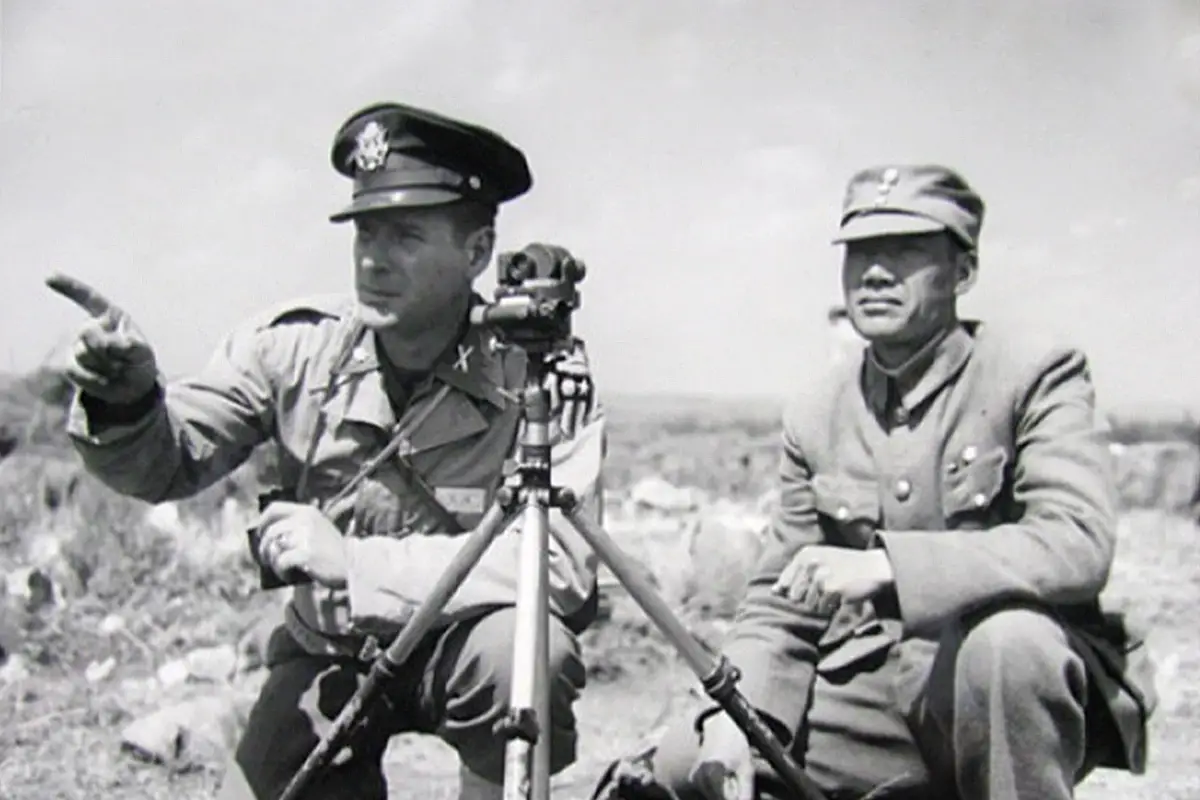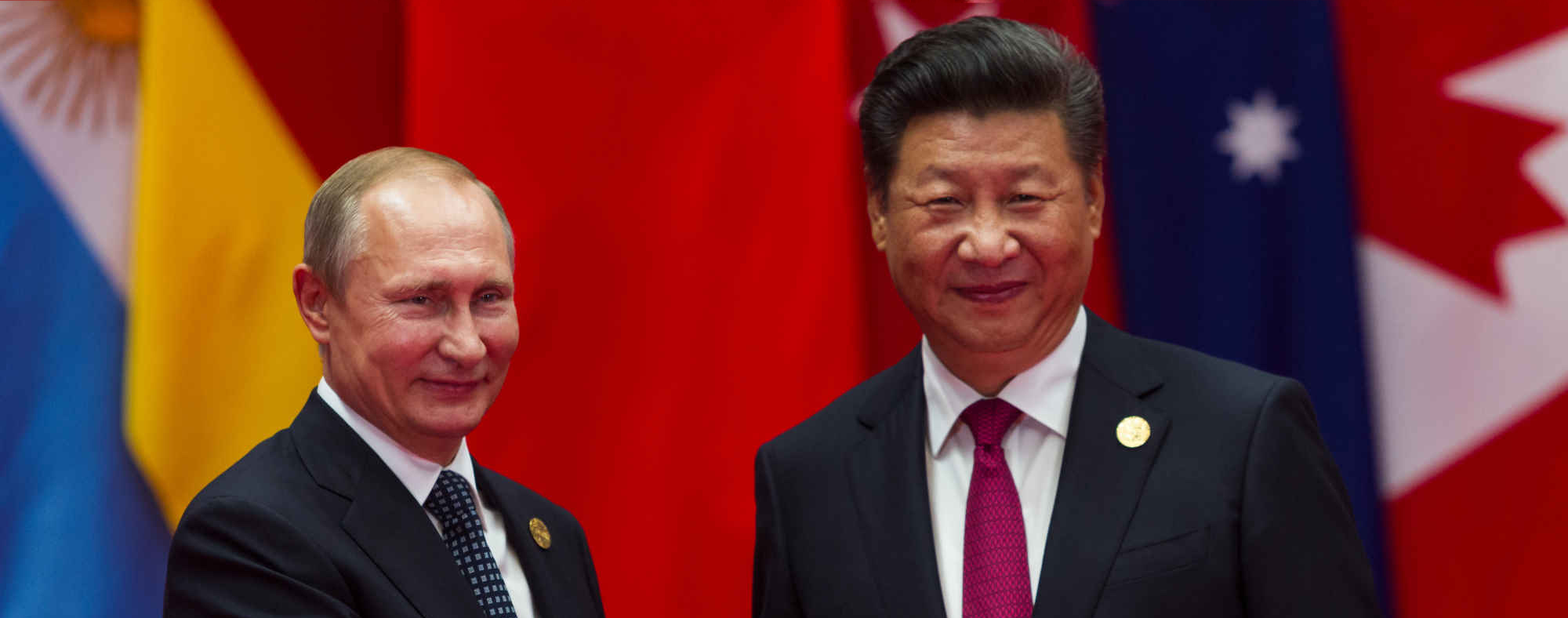This month marks the 50th Anniversary of the all-volunteer force. On January 27, 1973, Secretary of Defense Melvin Laird announced: “The Armed Forces henceforth will depend exclusively on volunteer soldiers, sailors, airmen and Marines. Use of the draft has ended.”
In honor of the occasion, we’re reprinting with permission from the U.S. Naval Institute an article from Proceedings magazine, September 2021. It marked another 50-year milestone on the way to the all-volunteer force.
Fifty years ago this month, President Richard Nixon signed into law the bill that would be the death knell of the draft. The Military Selective Service Act nearly doubled the pay of first-term recruits, which Nixon hailed as “a significant step toward an all volunteer armed force.” On this anniversary, we would be well served to consider the transformation made possible by the all-volunteer military: the professionalization of the enlisted force.
Whether measured by training and education, level of experience, or mindset, the career enlisted forces are much more professional than their draft-induced predecessors. In recent years, 97 percent of recruits across the services have held a high school diploma, compared with 71 percent in the last decade of the draft. These better-educated young men and women are equipped to take advantage of a vast increase in training and education. The percentage of Navy recruits sent to A-schools to train for specialist occupational ratings has jumped from about 60 percent to more than 90 percent. The expansion of enlisted education has culminated in the current plan to have all enlisted sailors and Marines enrolled in the new U.S. Naval Community College on enlistment.
These investments in human capital have given the services ever-greater incentives to hold on to their forces. For fiscal year 2020, according to the Navy, 69 percent of sailors serving six years or less decided to reenlist. Compare that with the year before the draft ended, when fewer than 16 percent of sailors reenlisted at the end of their first terms.
As the draft ended, some predicted that troops motivated by wages would be ill-disciplined. In fact, nonjudicial punishments and courts-martial have plummeted from 184 per 1,000 troops in the last year of the draft to just 33 per 1,000.
None of these results was foreordained. The first years of the all-volunteer force were rocky, with high attrition and deep concerns about the quality of recruits. Years passed before Washington found the political will to spend enough to attract and retain enlistees. Even more important, the armed forces needed answers to tough questions about how to recruit, pay, retain, train, and measure the effectiveness of volunteers in ever-changing economic and strategic environments. A survey of those questions tells the story of the creation of the professional enlisted forces.
Which Recruits Have Professional Potential?
Soon after the Military Selective Service Act was signed into law, Chief of Naval Operations Admiral Elmo Zumwalt declared, “Recruiting is my top priority.” The Navy had not relied directly on the draft for many sailors, but recruiters had benefited greatly from draftees enlisting to avoid service in the Army. Making up those numbers was an early priority.
But numbers alone would not make a professional force. Selection criteria were critical. Until the mid-1970s, selection had focused on recruits’ aptitude for different specialist ratings. But a couple of years into the all-volunteer force, only 42 percent of recruits were completing their first term of service, and the Navy asked the Center for Naval Analyses at CNA to develop a model for estimating which potential recruits were likely to complete their enlistments.
Economist Bob Lockman built a mathematical model based on the data of nearly every recruit from 1963. He examined a wide range of factors, but one stood out. Recruits with high school diplomas were far more likely to complete their terms than those who dropped out or tested out with a GED certificate. So that factor was weighted heavily in the Success Chances of Recruits Entering the Navy (SCREEN) tables he developed. The Navy adopted SCREEN for recruiting in 1976, requiring each recruit to qualify with a score of at least 70.
Decades of research have followed to connect the qualities a recruiter can measure to the long-term success of enlistees. Repeatedly, these studies have upheld the predictive value of a high-school diploma, which appears to indicate whether a young person finishes what he or she starts. One 1988 study found that diploma holders were twice as likely to be promoted and a quarter as likely to desert. Of course, averages can hide exceptions, as the author of that study, Aline Quester, learned the hard way. After briefing her results to Admiral Jeremy “Mike” Boorda, then the Chief of Naval Personnel, she recalls him saying, “Well, I want you to know that I joined the Navy as an enlisted dropout.’”
In time, analysts uncovered other predictive factors. A 1986 analysis of the Navy’s Delayed Entry Program found recruits who took at least a month before reporting for boot camp had an 83 percent chance of completing a five-year obligation, compared with 70 percent for those who shipped within a couple of weeks. Greater numbers of delayed-entry recruits did pull out before boot camp, but that is “cheap attrition” compared to losing a sailor on active duty.
As recruitment planners used these analyses to enlist a higher-quality force, a new dynamic set in. Former Under Secretary of Defense for Personnel and Readiness Bernard Rostker wrote in I Want You!: The Evolution of the All-Volunteer Force, “By focusing on quality, the all-volunteer force became a self-fulfilling prophecy. As the quality of the force increased, it became easier to recruit quality people, and those who were recruited were more willing to stay and reenlist.”
And the notion that the enlisted forces were a reformatory for young delinquents finally died — a slow death. I still remember one judge in 1995 sending a young man to my recruiting office with a choice: prison or the Marines. When I sent a message back that the Corps no longer accepted parolees, he threatened to hold me in contempt of court.
What Makes A Productive Enlistee?
Quantifying military productivity was such a daunting challenge that few analysts attempted it, but a major consensus of a 1982 conference at CNA on naval manpower research was that “productivity analysis and substitutability questions were central to determining whom to enlist, train, reenlist and retire.”
One of the first such studies, the Maintenance Personnel Effectiveness Study, began in the late 1970s. Economist Stanley Horowitz studied casualty reports for a wide variety of equipment on 91 cruisers, frigates, and destroyers. He could correlate downtime for equipment with metrics for their maintainers — their intelligence, education, training, age, and experience. Only one of those characteristics stood out as affecting material readiness no matter the kind of equipment: experience.
Small shifts in the most experienced crew could have dramatic effects. For example, missile downtime was reduced by 50 hours per month if a ship’s missile maintenance crew was 62 percent petty officers second class and above, rather than 57 percent. “The thrust of that work is that more experienced people are just better, and the services — not just the Navy — ought to think about how to staff a force that is not so dependent on the rapid turnover of junior personnel,” Horowitz says today.
After years of further research, Horowitz wrote in a memo to the Deputy Chief of Naval Operations for Manpower, Personnel, and Training: “Every thousand petty officers added to the Navy’s combat and engineering ratings increased the proportion of combat-ready surface combatants by 1½ percentage points. That is almost like buying an extra two or three ready ships.”
How Can The Military Retain The Right People?
Just as the value of experience was being quantified, the armed forces were beginning to suffer the consequences of placing too little emphasis on reenlistments. Christopher Jehn, a CNA analyst from that era who went on to become Assistant Secretary of Defense in charge of personnel issues, says, “The last thing you want is for these people, as they get more and more valuable, experienced, useful to the service, to leave. It seems obvious to me now, but it wasn’t obvious to everybody at the time.”
By the late 1970s, Navy leaders worried about an emerging “20,000 petty officer shortfall.” Reenlistment rates would have to improve. Congress authorized the armed forces to employ Selective Reenlistment Bonuses (SRBs), but would they work? Targeting those bonuses to incentivize the right mix of experienced troops was a complex task.
One of the first studies of SRBs found that every additional $1,000 in bonus payments was associated with a 1.38 percentage point increase in first-term reenlistment rates on average. Another study compared the costs of SRBs with the savings from retention. It found that a dollar spent on first-term reenlistment bonuses saved more than two dollars in replacement costs: recruiting and training new four-year enlistees. Returns varied according to the quantity of training invested in each sailor.
Analyses repeatedly recommended larger and more targeted reenlistment bonuses, and both Congress and the Navy have made good use of this guidance. Though SRB levels have varied widely over the years, the current maximum reenlistment bonus of $100,000 is twice as large today as it was in the early years of the all-volunteer force (in constant dollars).
What’s The Right Pay For The Right Force?
Real earnings of sailors had fallen in the late 1970s, as high inflation eroded the pay raise Congress granted at the launch of the all-volunteer force. Income for the family of a corporal or petty officer third class had fallen below the official poverty level; Army commissaries were frequently seeing food stamps. Admiral Thomas Hayward, who began his tenure as Chief of Naval Operations in 1978, famously warned of a “hemorrhage of talent.”
In research for the Third Quadrennial Review of Military Compensation and the President’s Commission on Military Compensation established by President Jimmy Carter, CNA economist John Warner developed what he called the Annualized Cost of Leaving model. The model relates a service member’s perception of the cost of leaving the armed forces to his or her perception of the difference between military and civilian pay over some future time horizon. It has been widely used for analyses of military compensation ever since.
Applying the model, Warner found that general compensation was particularly influential on reenlistment rates after the second term of service. His analysis projected that a 10 percent raise would improve the reenlistment rate by 10 to 40 percent. (The sensitivity of different categories of sailors varied.) He suggested the Navy’s shortfall in experienced personnel could be mitigated with a 15 percent raise for petty officers second class and higher. Warner summed up his results succinctly: “Pay does matter!”
Congress enacted a military pay raise of 11.7 percent for fiscal year 1981, followed by another 14.3 percent the next year. “That made the system work again,” says Horowitz. “And it’s worked pretty well since — with a few hiccups.” What about the 20,000 petty officer shortfall? By 1984, improved retention had pushed it down by more than half, and it continued to decline.
How does quality of life affect retention?
In recent years, retention analyses have broadened out to consider squishier, quality-of-life issues, including time at sea and operational tempo. In 2019, CNA economists Daniel Leeds and Ann Parcell studied the impact of the 2015 expansion of maternity leave on reenlistments. Their results indicated that longer paid maternity leave in the Navy increased the number of female sailors who reenlist, reducing what had been a small but persistent gender gap in reenlistment rates in a cost-effective manner. Their estimates showed that by accepting a small additional loss of 8,500 weeks of work time by new mothers, the Navy could be gaining three times as many total workweeks from the additional sailors who reenlisted after the increase in maternity leave.
How Should The Force Be Learning?
When the all-volunteer force was launched, much of the training in the Marine Corps and Navy was accomplished on the job. On the face of it, formal courses were clearly more expensive. But analyses in the 1970s and 1980s examined hidden costs of on-the-job training. The time senior personnel lost supervising untrained sailors and the lower productivity of those seamen both indicated that spending for A-schools could save in the long term.
Nearly unheard of in the conscription years was education for enlisted forces that went beyond practical military skills and could lead to college degrees. Since the late 1980s, the Marine Corps has been at the forefront of enlisted education, inspired by Commandant General Alfred Gray and carried forward by his successor, General Charles Krulak. Academies for noncommissioned officers were established and brought together under Marine Corps University. Enlisted professional military education became a central criterion for promotion at all but the most junior ranks.
Education for Seapower Strategy 2020 explains: “The growing strategic importance of the most junior non-commissioned officers . . . will accelerate as warfighting becomes more technologically complex, the pace of combat decision-making accelerates, and ship crews become smaller and more versatile.”
The Navy also has seen growth in enlisted education through Navy College, established as Navy Campus in the first years of the all-volunteer force. Voluntary education course enrollment jumped from 86,686 in 1985 to 132,786 in 2018, despite a smaller pool of sailors. Many officers in the Navy had concerns that college credits would open the doors to civilian careers and reduce reenlistments, but those fears were laid to rest in 1998 after a CNA study of the Navy Voluntary Education Program. Analyst Federico Garcia found that sailors with 60 college credits had a reenlistment rate of 55 percent, versus 31 percent for those with no college education. In fact, for each dollar invested in tuition assistance and instructor-led Program for Afloat College Education, the Navy received two dollars’ worth of improved retention.
Rostker refers to this research in his book on the all-volunteer force: “When I was the Assistant Secretary of the Navy for Manpower and Reserve Affairs, the people preparing the annual Navy budget wanted to cut this program. When they saw the results CNA reported, they instead expanded the program.”
How Would The Force Perform In Battle?
Throughout the first two decades, skeptics questioned the quality of the all-volunteer force. Even during the buildup to the first Gulf War, memos circulated about the need to renew conscription. Analysts had argued for years that the all-volunteer force was a better fighting force, but it took a war to silence the critics.
In his memoir, The Line of Fire, former Chairman of the Joint Chiefs Admiral William Crowe Jr. summed up the observations of many:
The main reason we did so well once we got there was the skill of our people. That was the result of many factors, but primarily it is the great benefit of having a volunteer professional force. The men and women who participated in Desert Shield and Desert Storm were members of the oldest, most experienced (in length of service) fighting force the United States has ever fielded. It was also, not coincidentally, the best-trained force we ever deployed.
The questions are not all answered, nor the challenges all addressed. Great power competition makes new demands on troops, and a long period of low unemployment — interrupted by the pandemic — has been luring potential enlistees to civilian careers. But the fundamental question of whether a professional, all-volunteer force can deliver has been settled. If leaders continue to ask the right questions and respond with proper support, the enlisted men and women of the U.S. armed forces will prove that these first 50 years were only a prelude to greater days ahead.



